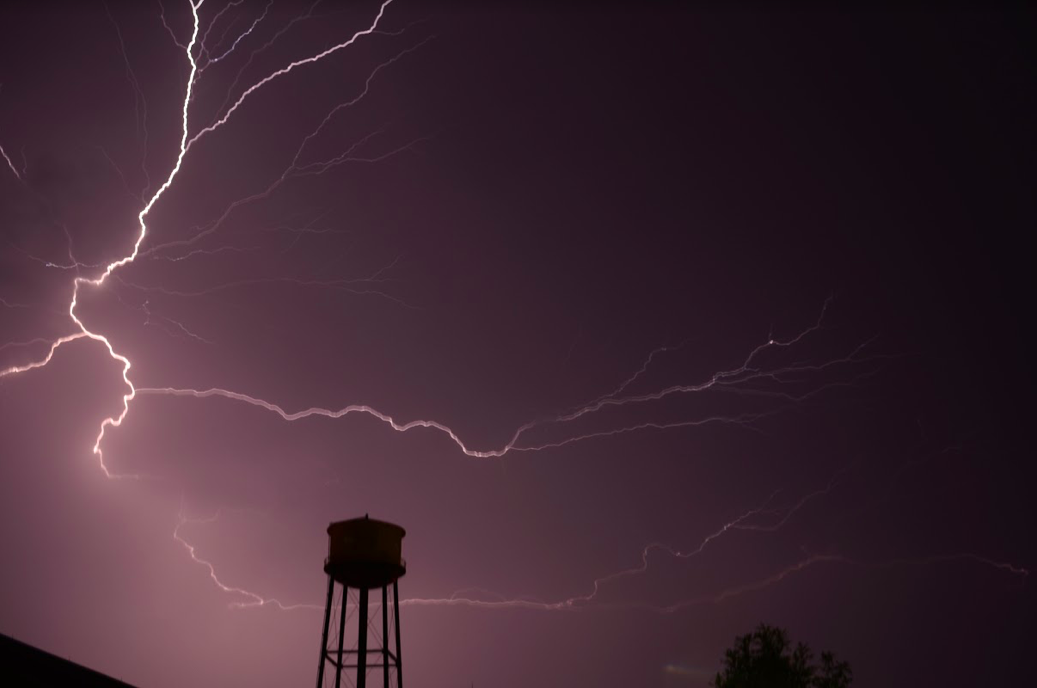During Hurricane Florence and other hurricanes in the past, residents in high risk zones had mandatory evacuation. However, prisoners in those same zones were left to fend for themselves. According to The New York Times, when Hurricane Florence came through the southeast, residents in Florence, South Carolina were made to evacuate, while MacDougall Correctional Institution, a medium-security prison holding 651 inmates northwest of Charleston, did not evacuate their prisoners.
During a news conference, Governor Henry McMaster said it would be safer if the inmates stayed than if they were to be evacuated. “The analysis so far is that it’s toward the edge of one of the evacuation zones, and because of its placement and because of the types of buildings and a lot of other considerations, that is the safest place for those people to be at this time,” McMaster said.
When ABC News asked Dexter Lee, a spokesperson for the MacDougall Institution, why the prisoners were not being evacuated, he said that “MacDougall is 700 yards inside the northern and western side of the evacuation zone and 80 feet above sea level and at least 35 miles from the coast.” Lee did not give any further comments afterwards.
Macdougall is not the only prison to leave their prisoners in correctional institutions while hurricanes headed their way. During Hurricane Katrina in 2005, inmates from the Orleans Parish Prison compound in New Orleans claimed that they were left to die, according to interviews conducted by Human Rights Watch. In these interviews, prisoners said they were left for days without food, water and air, as the water rose from chest deep to neck high in some ground floor levels. As the water rose and food became more scarce, inmates took to jumping from windows, making makeshift ropes out of linen to repel out of windows and breaking open cell doors to escape the high water. Not all were able to escape, and some prisoners saw bodies floating in the waters. When the compounds were evacuated after days of dangerous weather, 517 inmates were never found.
According to an article written by Hanna Kozlowska on Quartz, an online news source, when Hurricane Harvey hit in Texas in 2017, prisoners were safely evacuated to other prisons in the state that weren’t in the evacuation zone. However, immigrant women and children that were being housed in processing centers were not evacuated.
“Private-prison giant CoreCivic told Quartz that none of their facilities had been evacuated, including the Houston Processing Center for immigration detention, which has sheltered detainees in place. More than 50 immigrant women and children who were released from detention were left stranded at a bus station after being dropped off by ICE. Their bus connections had been canceled,” Kozlowska said.
According to an article written by Dara Lind on Vox, an online news source, as citizens in Texas evacuated before Harvey hit, some residents were fearful of the trip due to Customs and Border Protection setting up checkpoints on the roads to evacuation shelters. While evacuation shelters did not ask for IDs, the checkpoints set up along the roads did. If immigrants without documentation were caught, they risked deportation. While the checkpoints tried to operate quickly to keep the evacuation moving as quickly as possible, there was always the risk of deportation.





Great write-up, I’m regular visitor of one’s web site, maintain up the excellent operate, and It is going to be a regular visitor for a lengthy time.